8 Plants That Like Wet Soil And Full Sun – Stunning Picks For Damp, Sun-Soaked Areas
Finding plants that like wet soil and full sun can be a challenge, but there are plenty of varieties thrive in these tough conditions. Here are our favorites.
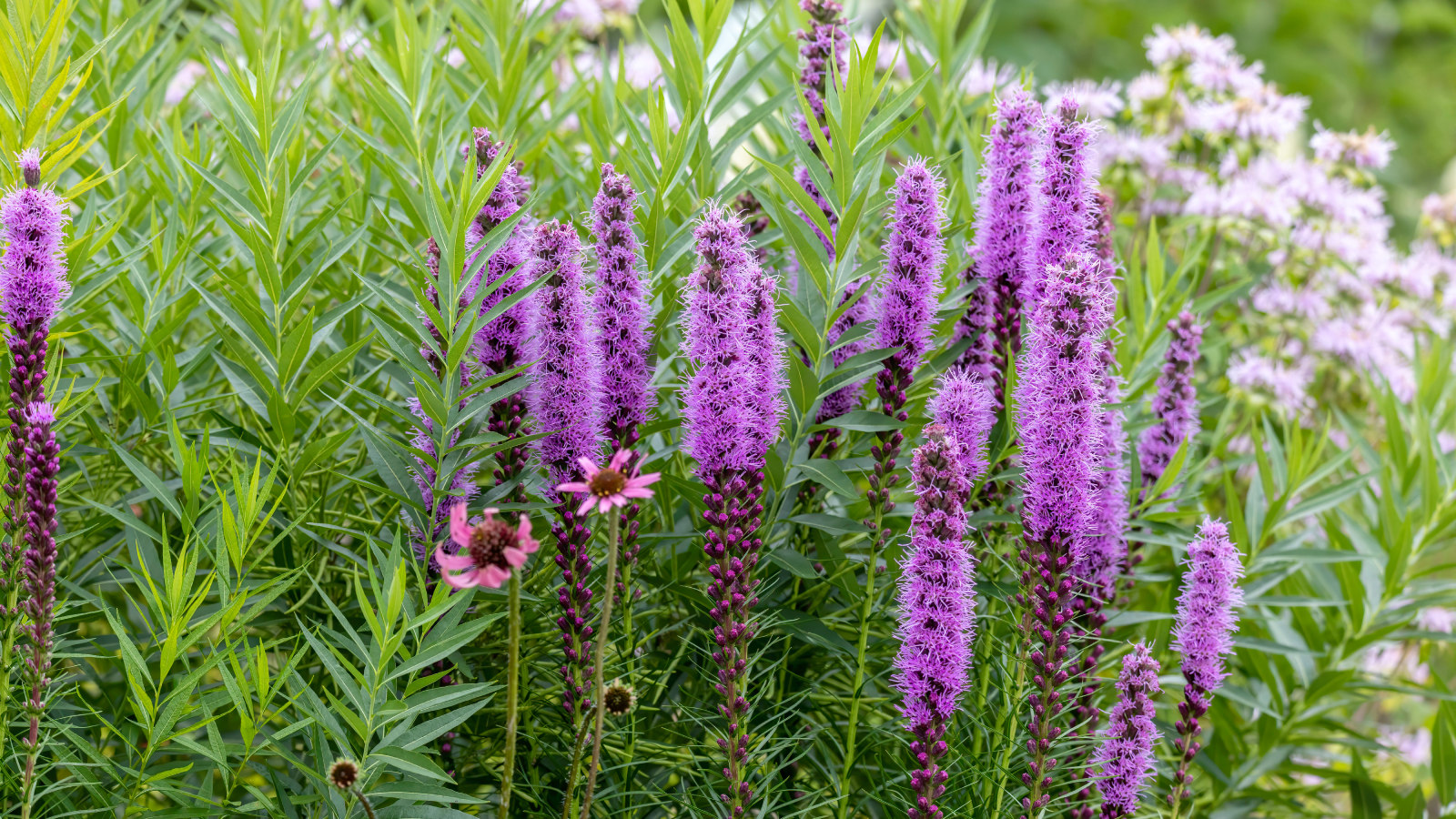
Plants that like wet soil and full sun can be challenging to find. This is because most plants don’t like what gardeners call “wet feet” or soggy soil around their roots. The best moisture-loving plants for wet areas are often riparian plants, or ones that live near water in the wild. This includes species that grow along river banks or boggy woodlands—two areas where full sun is not always common.
The ideal full sun wet soil plants not only need to be adapted to moist growing mediums and tolerant of occasional flooding, but they also need to thrive in sun. Bog plants, river species, and those that live in flood plains are good candidates for these growing conditions.
We’ll take a look at the best full sun wet soil plants for places like rain gardens, swales, and any other soggy yet sunny spots in your yard.
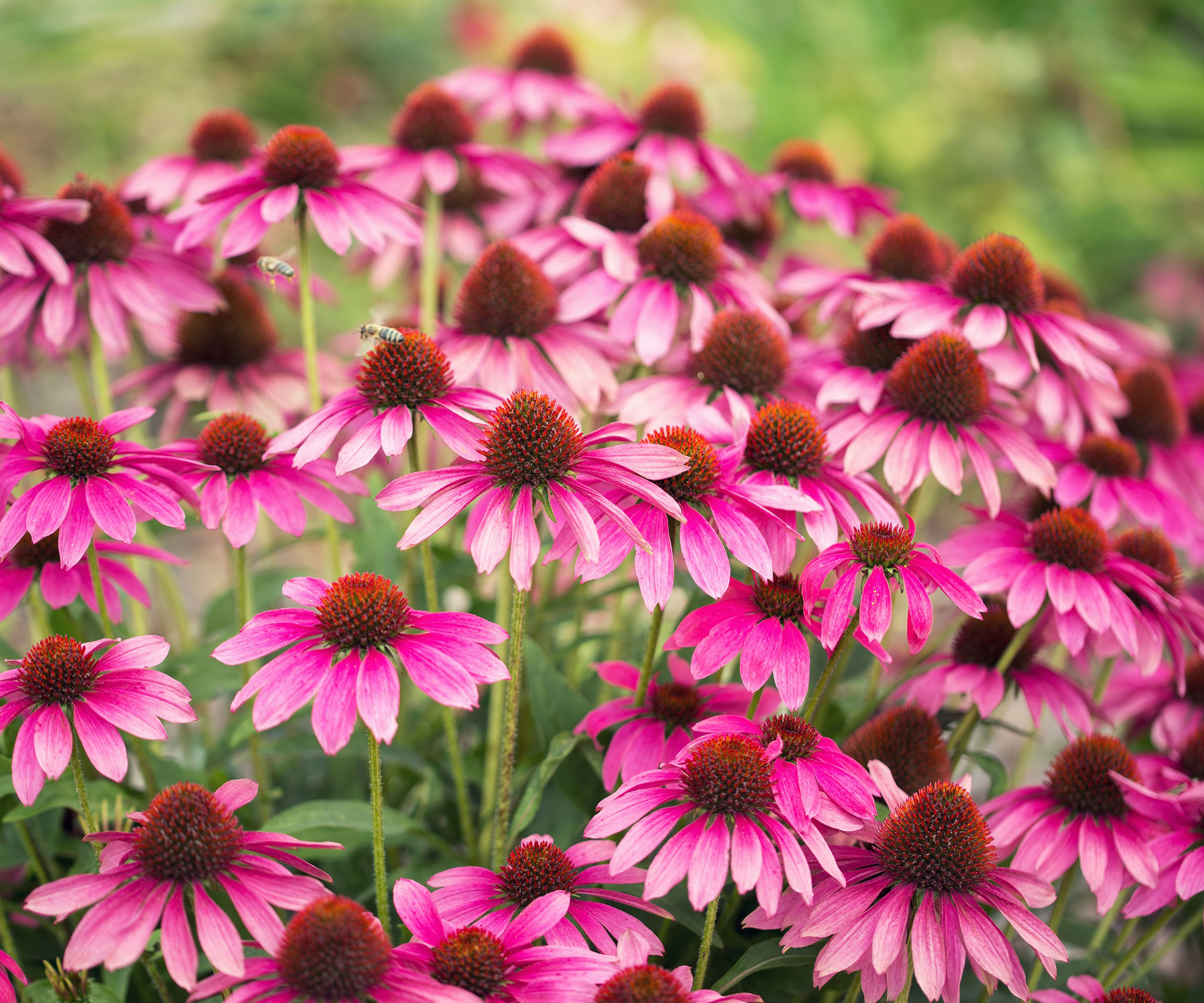
Let the sun shine in! Explore fabulous full sun plants for your landscape in the Gardening Know How Shop.
The Challenge of Finding Full Sun Wet Soil Plants
The difficulty, of course, is not the sun. Most plants thrive in full sun or a little bit of shade. What’s challenging is finding plants that tolerate or even relish wet, soggy soil. Many plants will rot and decay if you put them in a location with waterlogged soil.
The kinds of plants that grow well in these wet conditions are those that do so naturally. Plants that grow in marshes and wetlands, along streams, and in bogs or along the edges of ponds are naturally equipped for wet soil.
The key is choosing plants that are suited to wet soil and full sun rather than trying to force plants that prefer different conditions to grow in these areas. The best gardens work with nature, not against it.
Best Plants for Wet Soil and Full Sun
If you need to fill a sunny yet soggy site in your garden, choose wet soil full sun plants like these trees, shrubs, and perennials:
Gardening tips, videos, info and more delivered right to your inbox!
Sign up for the Gardening Know How newsletter today and receive a free copy of our e-book "How to Grow Delicious Tomatoes".
1. Sugar Maple
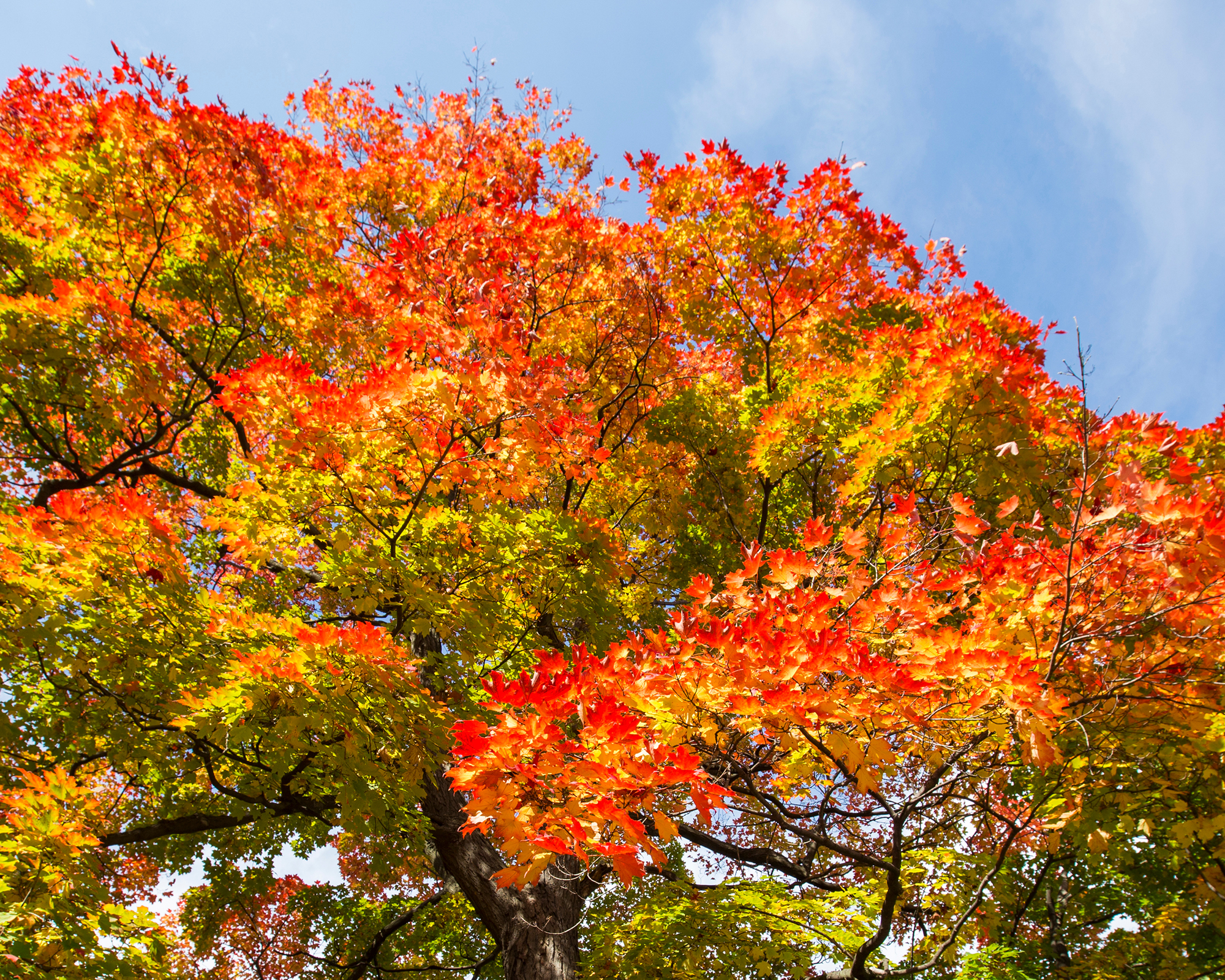
If you want some dimension in your wet, sunny site, a sugar maple is a good candidate. This North American native can grow up to 75 feet (23 m). It prefers full sun and has a spreading habit. The tree is hardy to USDA zones 4-8.
Sugar maple trees are beloved for their beautiful fall colors in hues of gold, orange, red, and bronze—as well as the delicious sap they produce, which we turn into maple syrup. Their palmate leaves and arching branches host small mammals, many types of birds, and beneficial insects. Not only are sugar maples tolerant of wet soil, but they can also thrive in alkaline and clay soils.
2. Swamp Milkweed
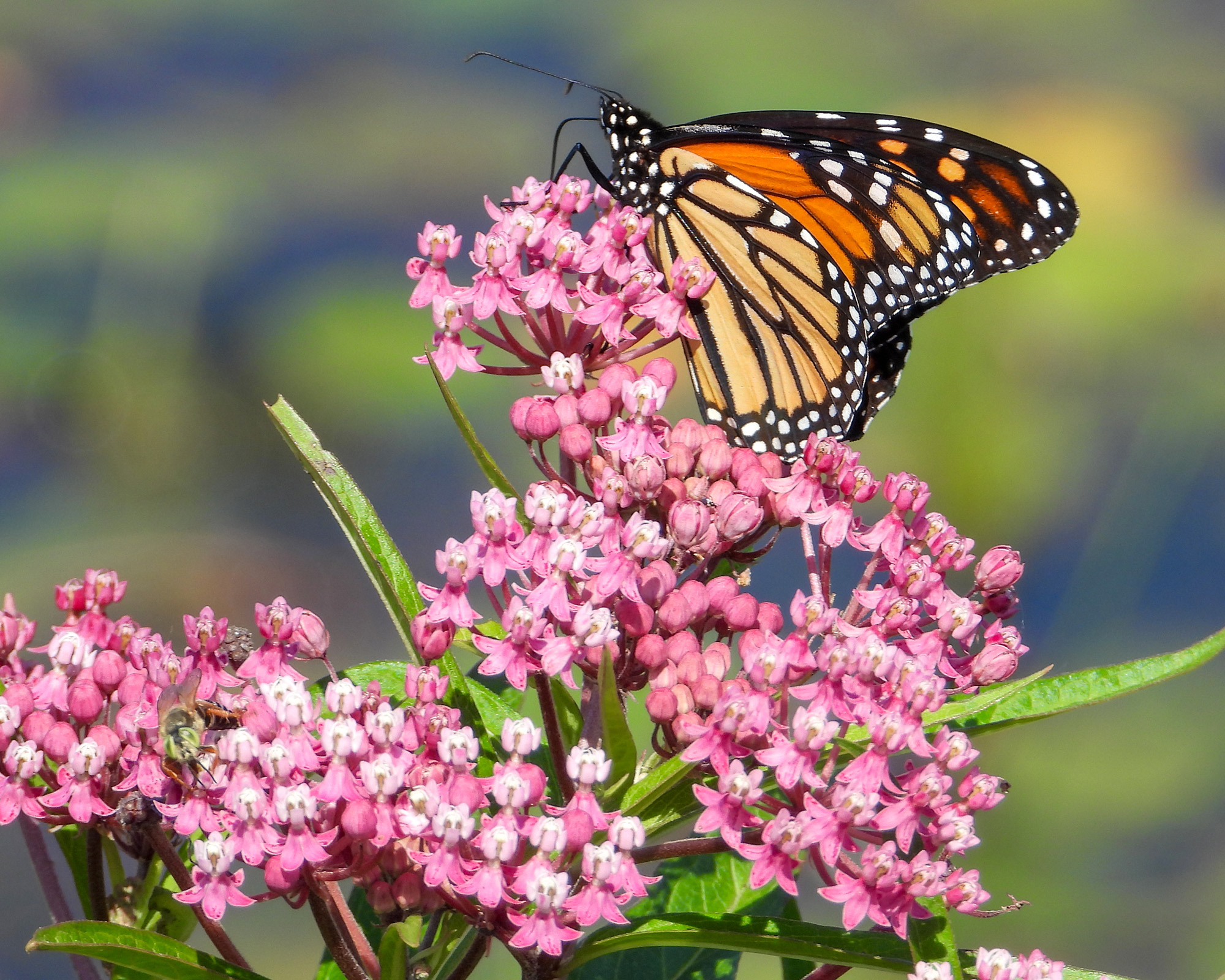
Swamp milkweed is a North American native perennial plant found near marshes and wet ditches. It can tolerate moderate flooding, making it one of the best plants for wet soil and full sun.
Its lance-shaped leaves appear on 3 foot (.91 m) tall plants. However, swamp milkweed’s outstanding feature is its clusters of sweet-scented flowers that emerge from July through August. The small flowers are rose-purple and attractive to many beneficial pollinators.
Swamp milkweed is hardy in USDA zones 3-9 and is a host to several butterfly and moth species, just like its relative common milkweed. If you’re looking to easily add adaptable native plants to your garden, try starting them from seed. The Gardening Know How Shop carries high-quality common milkweed heirloom seeds from only reputable sources.
3. River Birch

This large deciduous tree is native to areas with floodplains, near streams and swamps. It prefers moist, acidic soil in plenty of sunshine. River birch care may include training trees to a single trunk or leaving them to develop several. They will mature to a pyramid shape on a single stem.
The bark is attractive, reddish brown and exfoliates, revealing the lighter bark underneath. The leaves are thick and leathery. In the later season, river birches will produce dangling catkins that add interest. River birch is hardy in USDA zones 5-9.
4. Joe-Pye Weed
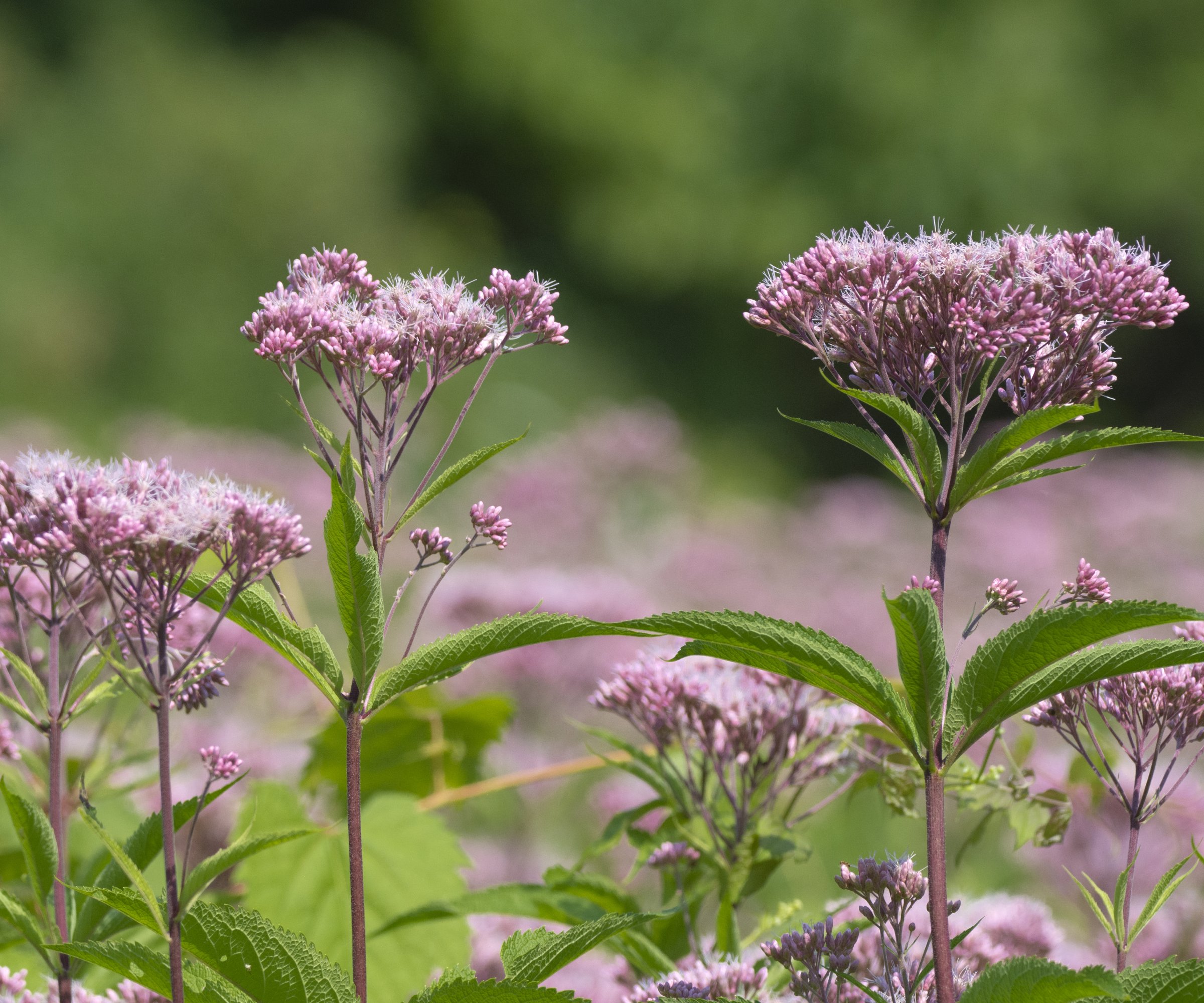
This is a perennial that is rarely seen in gardens, but it should be used more frequently. A towering giant of a plant at up to 7 feet (2.1 m) the herbaceous Joe-pye weed care is easy because this plant is so adaptable. It doesn’t even mind mucky, clay soil. The lance-shaped, serrated, 12 inch (30.48 cm) long leaves are alternately arranged up the bronze stem.
By midsummer into fall, a huge inflorescence composed of numerous tiny, pink-purple flowers appears. The blooms bear a vanilla scent and are attractive to many insects, including pollinators like Monarch butterflies. One of our gardening experts’ favorite cultivars is Eupatorium maculatum ‘Gateway’, which is available now in the Gardening Know How Shop.
5. Muhly Grass
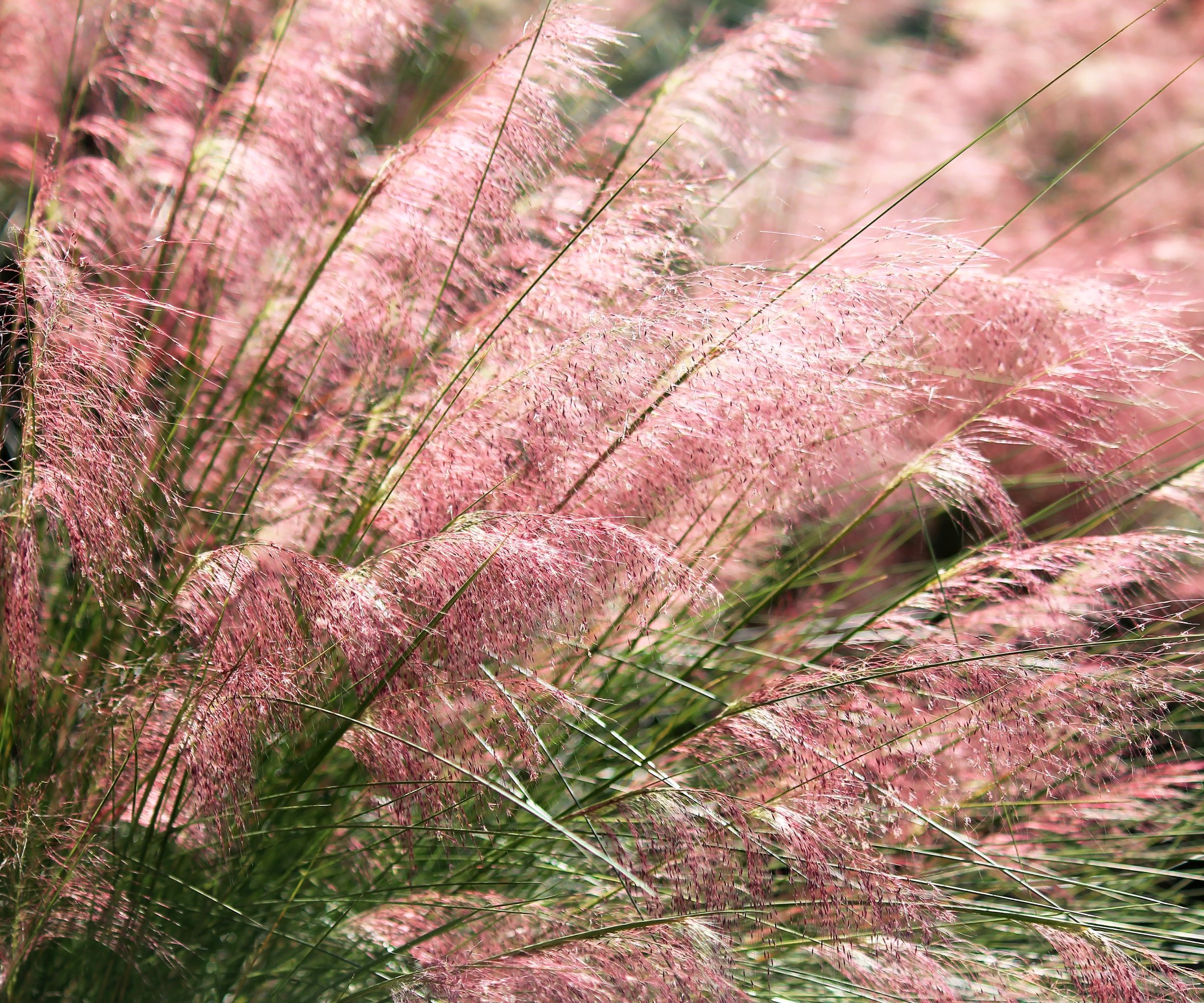
Muhly grass is native to North America. It is a warm season grass that can grow up to 3 feet (.91 m) with a similar spread. This ornamental grass is hardy into USDA zones 3-8.
It is a low-maintenance plant tolerant of many soils with slender green leaves that turn copper in autumn. The plant produces an astounding inflorescence with feathery pink tips which is borne well above the plant.
Muhly grass is considered endangered in its native habitat and should not be collected from the wild. It is one of the more architecturally appealing perennials that like wet soil and full sun.
6. Spicebush
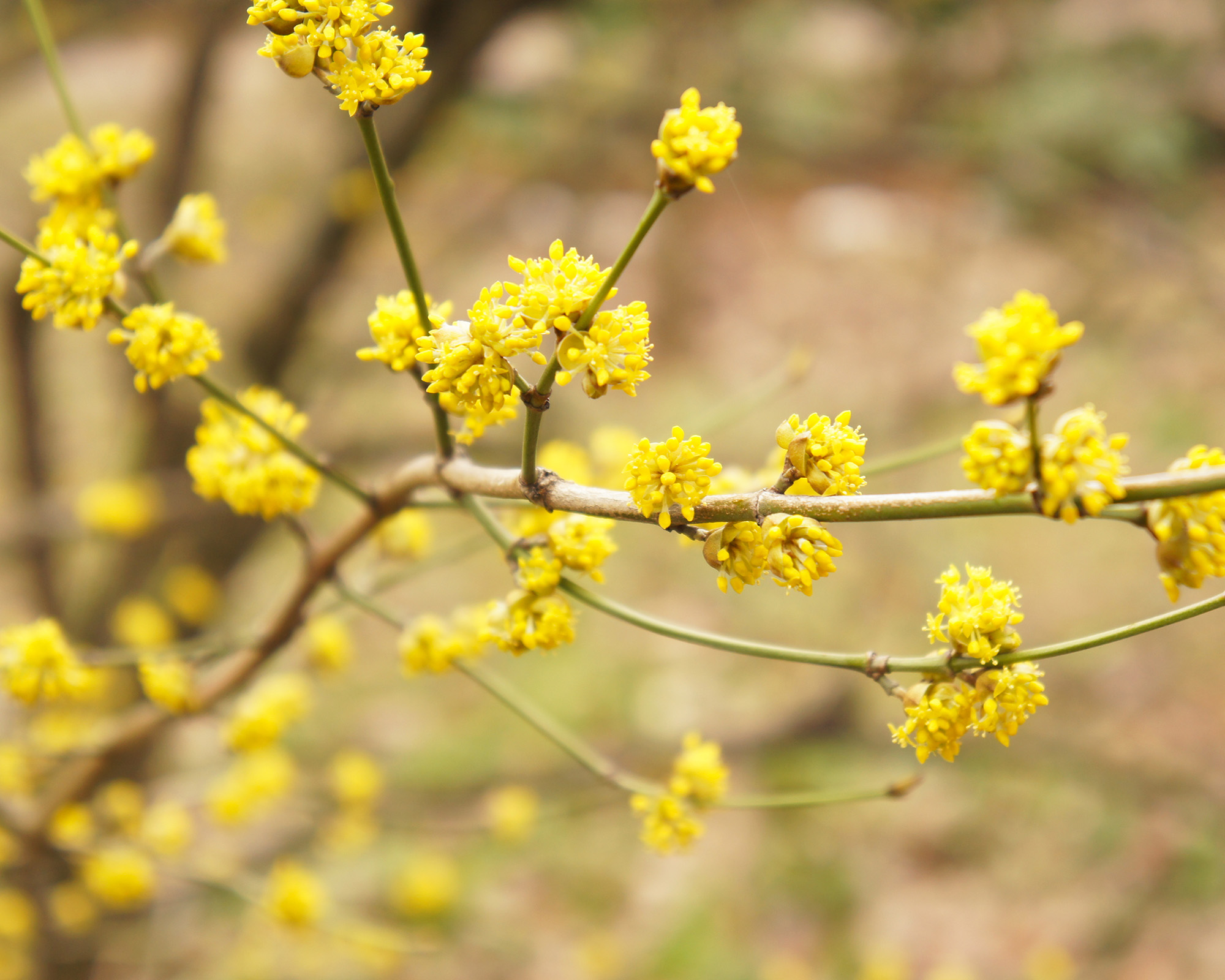
Spicebush (Lindera benzoin) is practically made for full sun and wet soil. It is adaptable, however, and as long as it has moist soil it can grow in partial shade as well.
This gorgeous native shrub features delicate yellow blooms in the early weeks of spring that provide nectar for the first bees and butterflies of the season. In fall, spicebush develops shiny red berries that birds love to feast on as well as stunning yellow foliage that’s a feast for the eyes.
The real standout feature of the spicebush, though, is its namesake: its scent. Its leaves and bark have a pleasingly pungent spicy aroma. This shrub is beloved by native plant collectors but it can be difficult to find. Thankfully, spicebush shrubs are available right now in the Gardening Know How Shop.
7. Blue Flag Iris
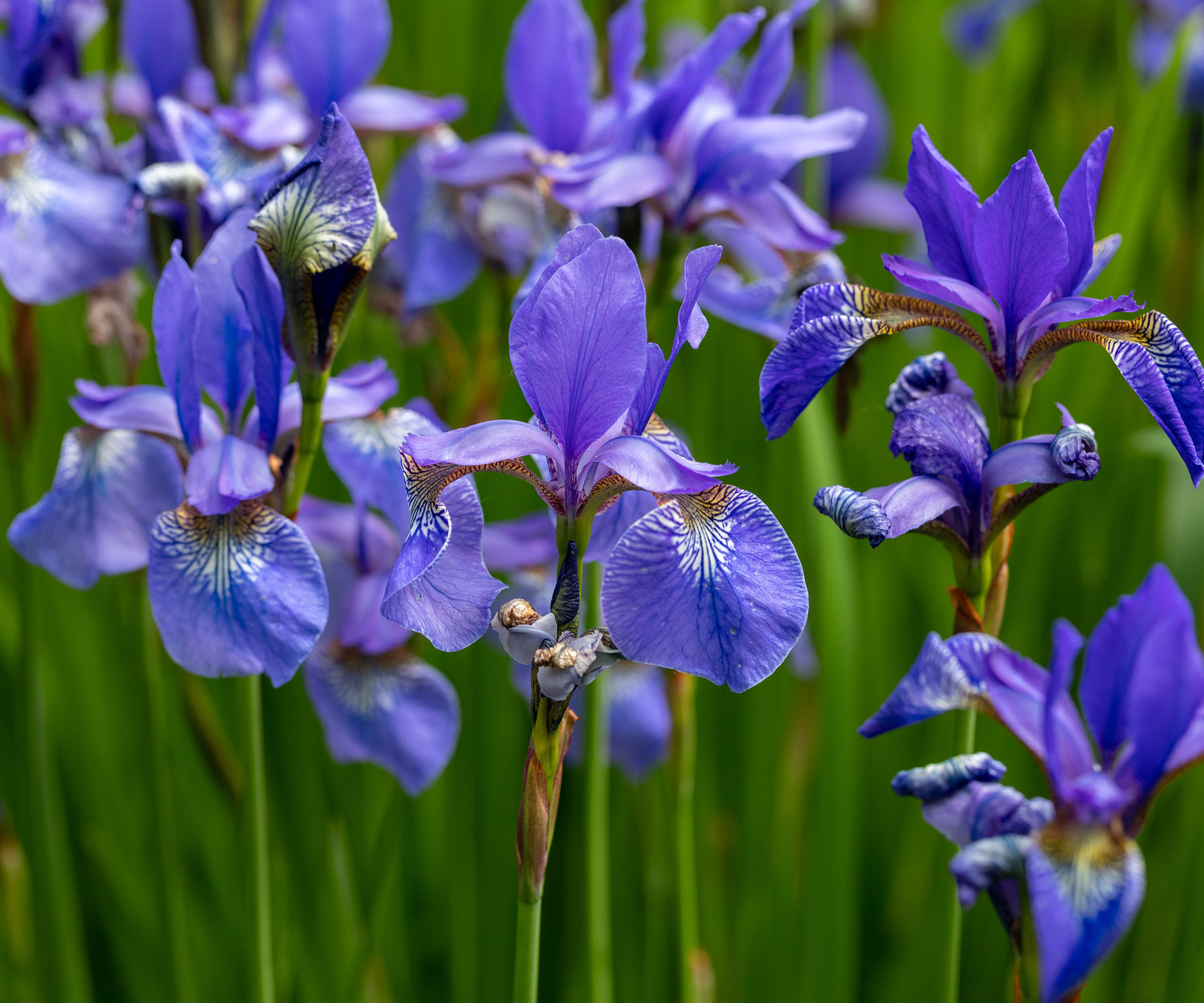
Long sword-like leaves and a fantastic flower characterize the blue flag iris. Periwinkle flowers with yellow markings and downward sepals signal spring. Found in North American wetlands, blue flag irises can grow 2 feet (.61 m) tall.
Blue flag iris care is simple as these plants can tolerate flooding and like moist, rich soil. This plant is hardy to USDA zones 3-9 and grows from thick rhizomes under the soil. A beautiful species of blue flag iris known as Iris versicolor, or Northern blue flag, is available now in the Gardening Know How Shop.
8. Liatris
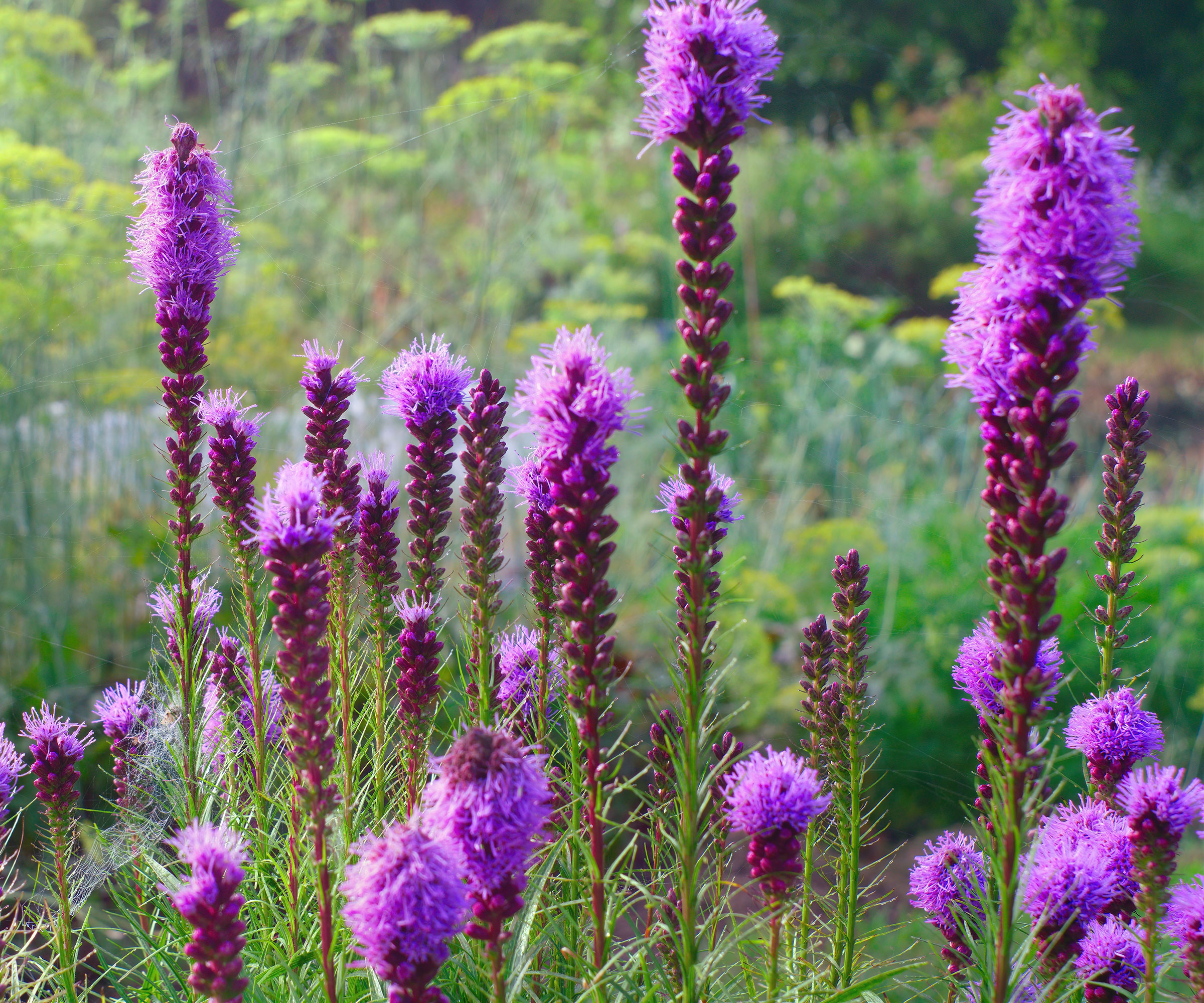
Liatris, also known as blazing star or spike gayfeather, is a beautiful native plant that does well in full sun and wet soil. It is part of the marsh flora and doesn’t mind wet feet. Hardy to USDA zones 3-8, liatris is a very adaptable and easy to grow perennial. Whatever the name, this plant is a low-maintenance star in the garden.
The slender flower stalks of blazing star can get to 4 feet (1.23 m) in height in cultivation but have been seen at 6 feet (1.83 m) in the wild. Its purple flowers are clustered fluffy disks and have no rayed petals. The whole effect is a bit like a bottle brush. Add a blazing star plant from the Gardening Know How Shop to your wet soil full sun garden today.
Dealing With Difficult Landscapes
- An eco-gardening expert shares the best ways to protect your garden against flooding. Find out her secret tricks for a flood-proof landscape.
- Get inspiration for your urban garden with these clever ideas that add flair to even the tiniest spaces!
- Explore the Sustainability Shop, part of the Gardening Know How Shop, for native plants and products that will help you grow a more resilient garden.
This article features products available from third party vendors on the Gardening Know How Shop. Keep in mind that our plant inventory is limited—so if you’re thinking of purchasing, don’t wait!

Amy Grant has been gardening for 30 years and writing for 15. A professional chef and caterer, Amy's area of expertise is culinary gardening.
- Mary Ellen EllisWriter
- Laura WaltersContent Editor